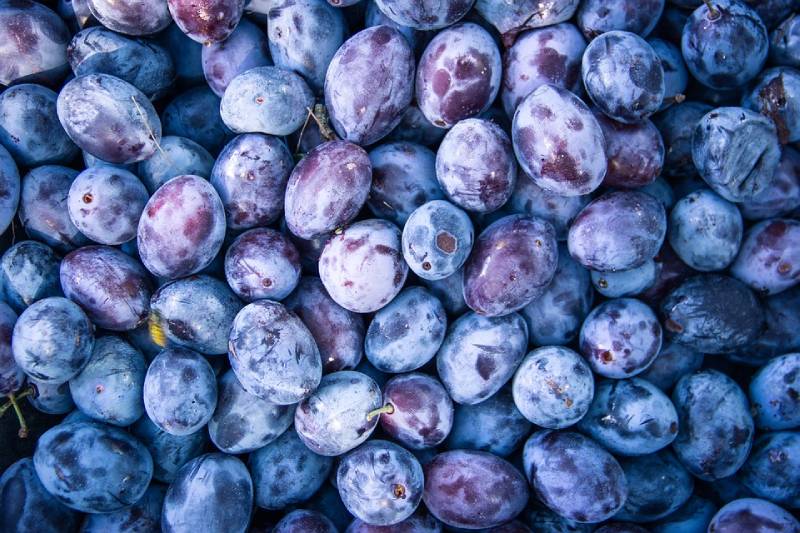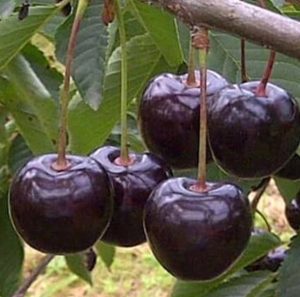Unlock High-Demand Markets
Exporting fresh fruits to India is a smart move for global suppliers. As the Indian market continues to expand, so does the appetite for high-quality, imported produce. From metro cities to tier-two towns, the demand for premium fruits is growing steadily. For exporters, this means one thing: a rising opportunity to increase sales and market share. Export Fresh Fruits to India


Why Exporting Fruits to India Makes Business Sense
India is the world’s second-largest fruit consumer, yet it still imports several key varieties to meet demand. While domestic production covers many local needs, consumers increasingly seek fruits that are not widely grown in India. Therefore, countries like the U.S., New Zealand, Chile, and Turkey find a strong customer base for apples, kiwis, avocados, and cherries.
Moreover, as disposable income rises, more Indians are willing to spend on healthier food options. This shift in buying behavior has opened the door for imported fruits to become everyday purchases rather than luxury items.
Key Benefits of Targeting the Indian Market
Exporters can gain several advantages by focusing on India:
Year-round demand: Thanks to festivals, weddings, and a health-conscious urban crowd, fruit sales peak multiple times a year.
Evolving retail sector: With modern trade formats like supermarkets and e-commerce, fruit distribution has never been more accessible.
Improved cold chain logistics: As infrastructure improves, more cities can now receive and store fresh produce efficiently.
Trade-friendly policies: For several fruit categories, India offers reduced import tariffs and easier customs clearance from preferred trade partners.
Consequently, now is an ideal time to explore export partnerships with Indian buyers.
Best Fruits to Export to India
Choosing the right fruit is crucial for success. Some varieties consistently perform well in India’s growing import market:
Apples: Especially from Washington and Turkey, these are top sellers year-round.
Kiwis: Italian and New Zealand kiwis are increasingly consumed in urban households.
Cherries: Imported cherries are often bought as luxury or gift items during festivals.
Avocados: Due to rising fitness awareness, demand is surging in India’s metro regions.
Tips for a Successful Fruit Export Strategy
To thrive in the Indian market, consider these best practices:
Build local partnerships: Work directly with importers who understand regional distribution and buyer preferences.
Comply with FSSAI regulations: Indian food safety rules are strict, so all shipments must meet local standards and labeling requirements.
Invest in appealing packaging: Visually attractive, durable, and climate-sensitive packaging helps your fruit stand out in crowded retail spaces.
Be flexible with volume and pricing: Indian markets are diverse, so offering both bulk and smaller retail quantities can help you reach different customer segments.
Conclusion: Grow Your Business by Exporting to India
In conclusion, the potential to export fresh fruits to India is stronger than ever. With rising demand, improved infrastructure, and consumer willingness to pay for quality, India is a high-growth destination for global exporters. By understanding the market, choosing the right products, and building strong partnerships, you can position your brand for long-term success in one of the world’s most dynamic economies.
https://iranfreshfruit.net/cherry-exporters





